The African Magazine reaches 28 years of age
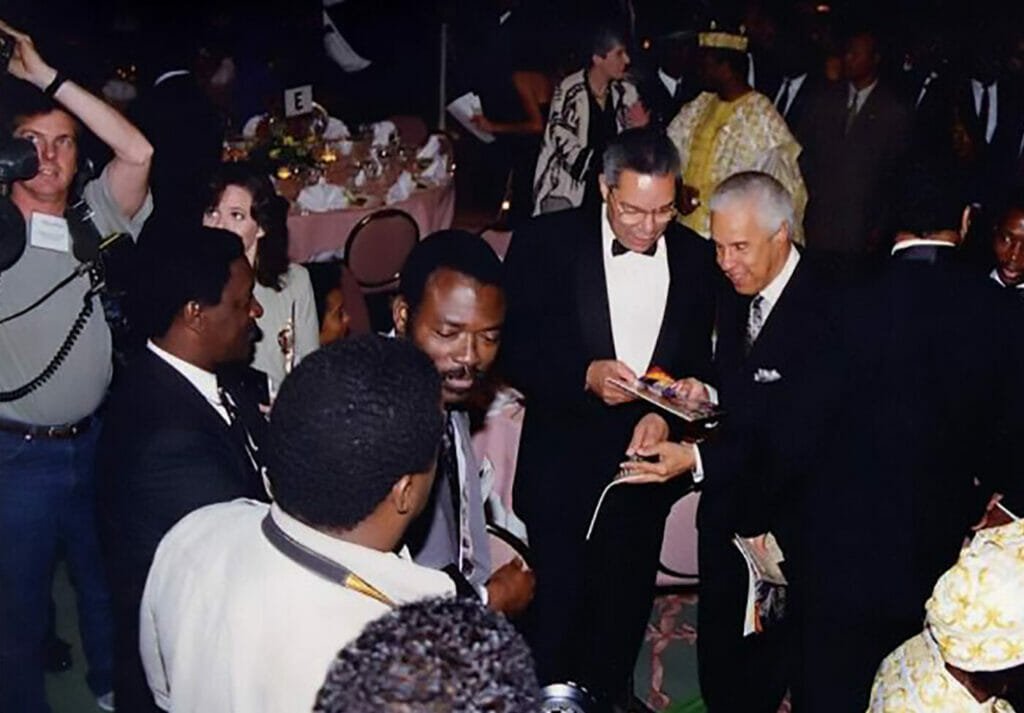
BY FOUNDER/PUBLISHER SOUMANOU SALIFOU
Twenty-eight years ago, I created the first known African magazine in the United States, driven by the bold ambition to fight the negative image of Africa in my country of adoption, while contributing to strengthening the bonds between Africa and Black America. The world has changed significantly since then, beyond, I would say, anyone’s expectation.
Twenty-eight years ago, the Internet as we know it today did not exit. The general use of the web began around 1994, and, sure enough, there were no commercial websites until the restriction on the commercial use of the web was lifted on April 30, 1995.
Twenty-eight years ago, there were no Facebook, Instagram, Twitter, YouTube or WhatsApp. Cell phones were barely in use. Phone calls from Washington, D.C. to nearby New York cost a fortune then, much more so when it came to calling Africa from the United States.
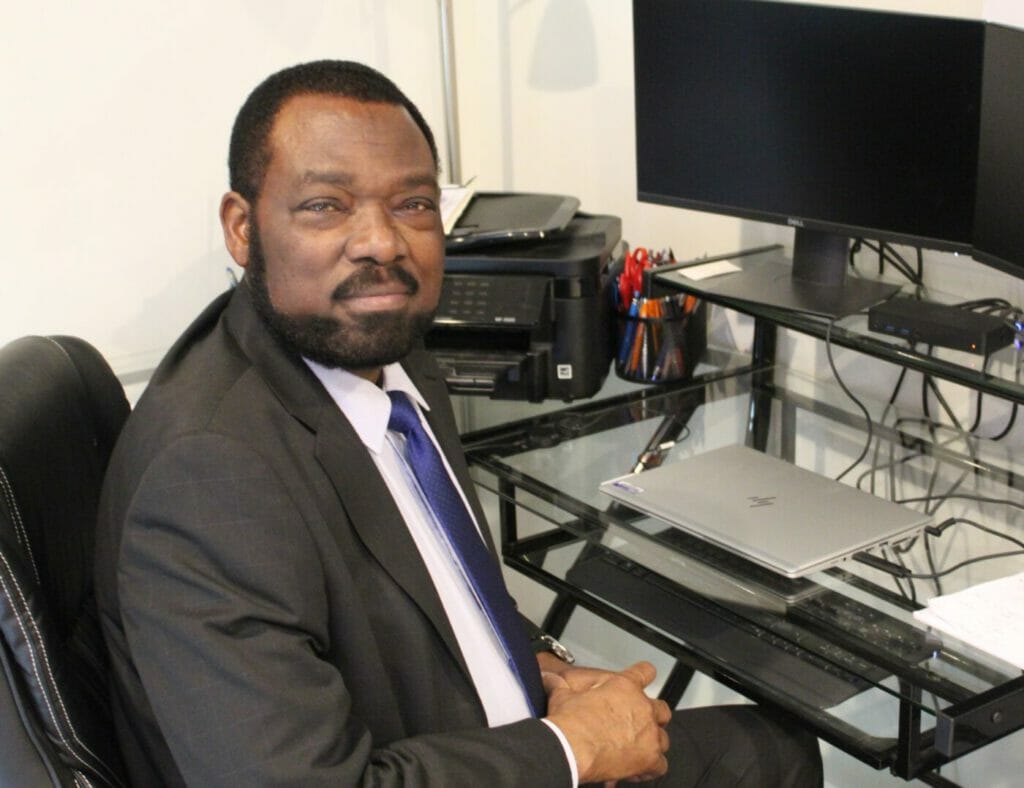
As the world, propelled by one of the biggest revolutions of mankind, shrank into a global village, unleashing unprecedentedly powerful means of communication, the image of Africa as the doomed “continent in a free fall” as Time magazine painted the continent in an article back in 1993, has improved in America. The African Magazine is proud to have contributed to that victory.
It’s amazing how the idea that crystalized in my mind one day of 1993 and birthed a magazine that started in my living room the following year, has withstood a slew of obstacles for nearly three decades: the normal challenges that come with a new business; the attacks of the predators, some too close to home; the wimps who laughed at my “excessive optimism,” and the faints of heart who thought the mountain was too high to climb. They didn’t know, as Nelson Mandela said, that “It always seems impossible until it’s done.”
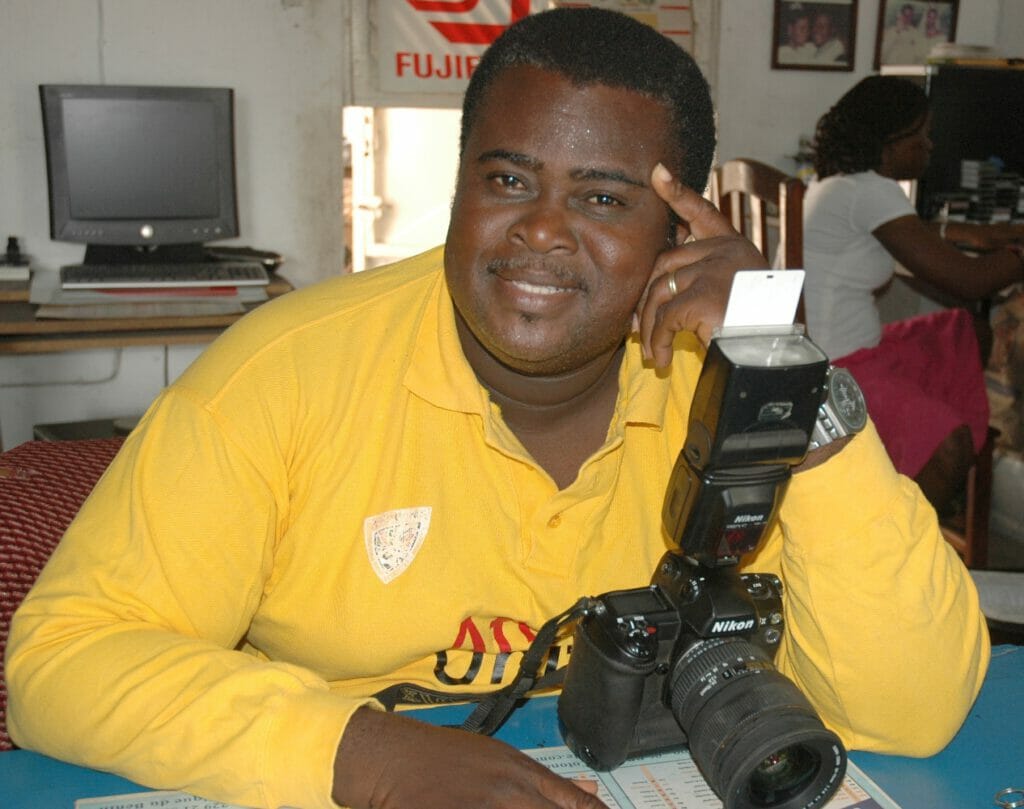
But the mountain did prove too high to climb for several others who walked in my footsteps and created their own African magazines in the United States, and their dreams unfortunately died. Thankfully, a new generation of African magazine publishers emerged in this country over the past decade using the easier, cheaper digital format that attracts primarily a younger audience.
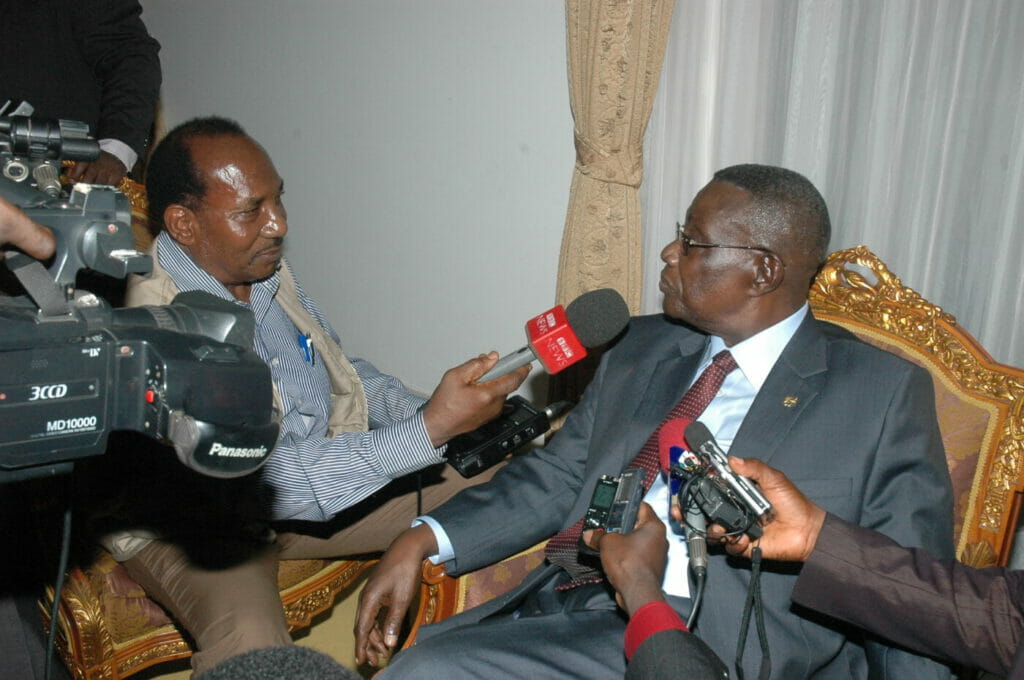
Francis Scott Key, the composer of our national anthem, had this beautiful phrase in it: “And the flag was still there,” in reference to the United States’ surviving the British pounding of Fort McHenry in Baltimore Harbor on September 13, 1814 with a downpour of shells and rockets in their efforts to crush our nation’s quest for independence. All proportions considered, I felt blessed, waking up this morning, to see that despite all the cuts and bruises, The African “was still there.”
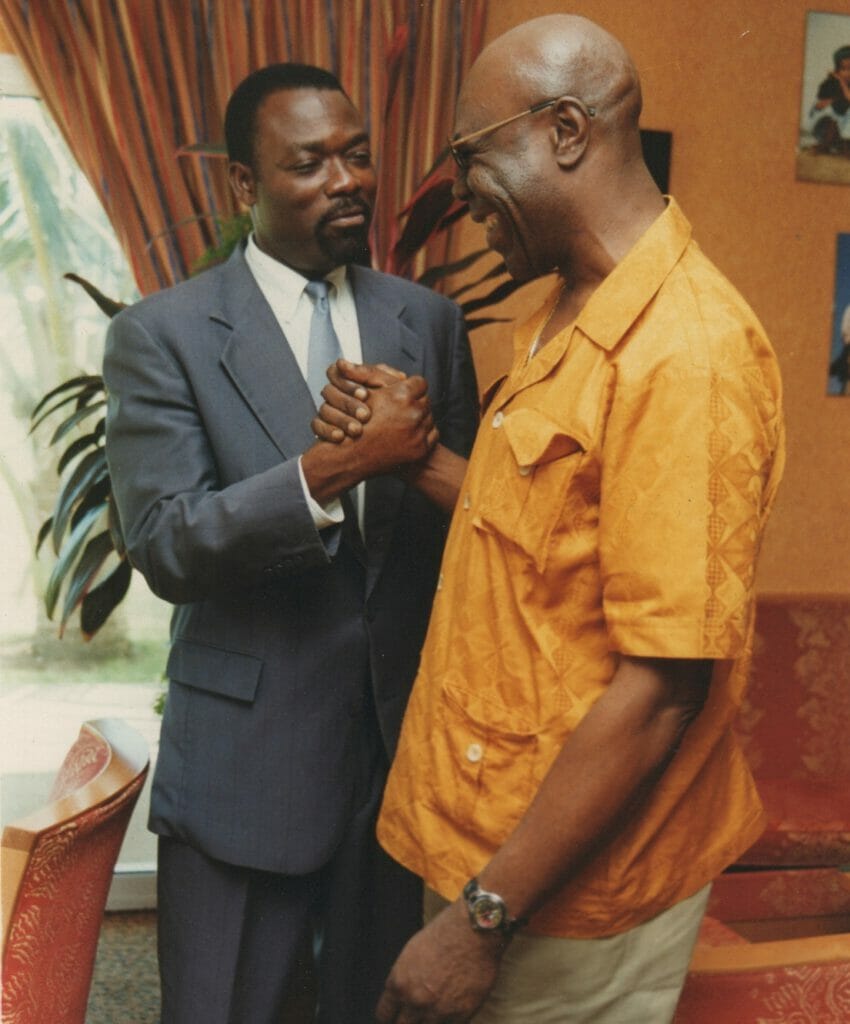
But the Dream did not survive thanks to my hard work or my persistence alone. Nor did it thanks to the millions of dollars I earned in the process. I owe a debt of gratitude to countless people: family members, friends and total strangers, the talented writers, photographers, and designers without whose valued support I would not be writing these lines. To all, I extend a big gratitude, as I look confidently to the next 28 years.

